What We’re Loving: Spring Break 2019

2019 may be shaping up to be a great year for poetry — among others, Ilya Kaminsky’s long-awaited Deaf Republic (Graywolf Press) and Jericho Brown’s The Tradition (Copper Canyon Press) top my post-senior-thesis reading list — but it has been a truly bad couple of months for poets. Let this WWL be a quiet tribute for just a few of the many and inimitable writers we’ve lost so far in 2019: a “What We’re Losing” as well as a “What We’re Loving.”
With January came the passing of the beloved Mary Oliver, the first poet I read extensively and whose “Wild Geese” I forced myself to memorize at sixteen: “You do not have to be good…” what a life-saving first line. While Oliver’s death is a tragic loss for the literary community, I do think there’s a silver lining to it, albeit sliver-y. Now, for the first time, it seems that she is finally being taken seriously by critics and the general public alike. Since her death, Oliver’s work has enjoyed a massive renaissance on social media, to the chagrin, I hope, of detractors who have called it too simple, too “self-help,” or too accessible (whatever that means). It is true that Oliver revered simplicity, rejecting virtuosity for virtuosity’s sake: “Poetry, to be understood, must be clear,” she once said in an interview with NPR. “It mustn’t be fancy.” No wonder her work continues to capture for readers old and new the rapture of nature, the darkness of suffering, and the latent joys to come after life. In “When Death Comes,” Oliver sagely wrote: “When it’s over, I want to say all my life / I was a bride married to amazement.”
With last week came the passings of both W.S. Merwin and Linda Gregg. Merwin’s “For the Anniversary of My Death” is eerily suitable for the occasion:
Every year without knowing it I have passed the day
When the last fires will wave to me
And the silence will set out
Tireless traveler
Like the beam of a lightless star
In a tribute to Merwin, Tracy K. Smith comments: “I’m captivated by this version of what dying might be like. But I think the poem becomes most moving and surprising in its second stanza, when it takes stock of the strange beauty and grace of daily existence — and of the moments in life when one feels the presence of that which defies understanding.” The poem continues:
Then I will no longer
Find myself in life as in a strange garment
Surprised at the earth
And the love of one woman
And the shamelessness of men
As today writing after three days of rain
Hearing the wren sing and the falling cease
And bowing not knowing to what
But perhaps Merwin’s “Elegy” cuts quicklier to the chase, consisting of the single line:
Who would I show it to
If we remember Oliver for her self-assuredly consistent style of verse, “there are many W. S. Merwins to remember,” as Walt Hunter puts it. The same can be said of Linda Gregg, who is survived by a bizarrely high number of students-turned-poetry legends, among them — surprise surprise — Tracy K. Smith. Says Smith on Gregg’s passing: “Having lived with her poems for decades now, I have learned immeasurably — and been immeasurably consoled — by […] her belief in the rocks, the earth, the body, the sea, passion, rage, joy and calm.”
Indeed, just as heart-wrenching as deaths of these poets is each outpouring of collective grief in their memory, especially those penned by several generations of living poets whom Oliver, Merwin, and Gregg painstakingly nurtured. “Small proof,” as Gregg writes of an old photograph in “The Lessening,” “that once / I lived well, was loved / and beautiful.”
— Nicolette D’Angelo ’19
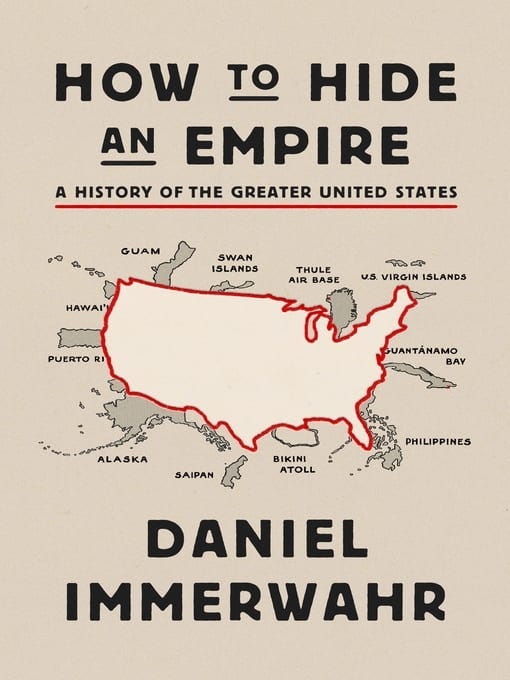
The United States of America is a misleading name — it’s not entirely united, made up of states, or even located in the Americas. Colonists didn’t slowly expand westward until they hit the Pacific Ocean, rather, they crawled north, south, into the Pacific, into the Atlantic, and wherever else their reach could extend. The U.S. colonizing project is, not was — Hawai’i was colonized in 1959, and the U.S. still holds five major territories — forceful, violent, and hidden. Daniel Immerwahr starts off How to Hide an Empire: A History of the Greater United States with a story about Pearl Harbor. On the day of Pearl Harbor, over 16 million people lived in the Philippines, which, unlike the commonly-known attack of Hawai’i, the Japanese not only bombed, but also invaded and conquered; “Sixteen million Filipinos — U.S. nationals who saluted the Stars and Stripes and looked to FDR as their commander in chief — fell under a foreign power,” Immerwahr writes. Why then do we only learn about the attack on Pearl Harbor in Hawai’i?
If Americans don’t understand the U.S. today as a colonizing force, — how some within its territories are uncounted for, and how others considered “un-American” — we won’t fully be able to reconcile with and change our racial reality. Immerwahr points out, “[This country] hasn’t just been about black and white, but about Filipino, Hawaiian, Samoan, and Chamorros (from Guam), too, among other identities.” Going back to Pearl Harbor, even though 16 million Filipinos were impacted, a substantial amount of the mere 423,330 people in Hawai’i were white American naval and military forces, making it more important to continental, majority white, Americans. In his speech addressing the event, FDR intentionally demotes the Philippines and stresses the strike on Hawai’i, believing Hawaii’s population to be more “American.”
So much has intentionally been left out of our history classes, but Immerwahr’s book can help us all catch up. I’m only 12 pages into it.
— Priya Vulchi ‘22
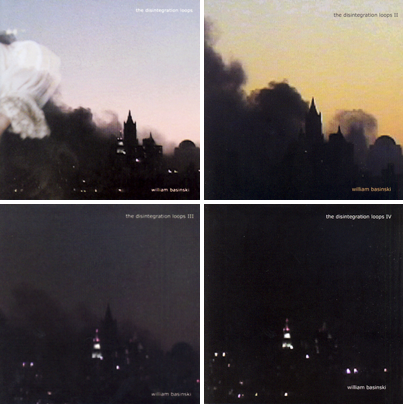
In 2001, William Basinski, a minor avant-garde composer, set out on a project to transfer his own recordings made in the 1980s on magnetic tape into digital format. As he played the loops of music, the tapes themselves began to fall apart. Basinski looped a simple string of notes over and over and turned up the reverb, and each time, the music was different, with new interruptions, pauses, pitches, and ambient noises. Basinski, unexpectedly, found himself with something entirely new: the sound of disintegration.
Basinski wrapped up the project late that year. But on September 11, 2001, from the roof of his apartment in the Bronx, Basinski could see huge clouds billowing from Manhattan. Basinski turned on his recordings and set up a video camera. With the sound and image paired together, The Disintegration Loops was born.
I had to listen to “dlps 1.1,” the first track in The Disintegration Loops, recently for a class, and I found it both unsettling and touching. It invites its listeners to mourn the deaths of those killed in 9/11, but it also causes them to meditate on a whole host of issues, including the utter ephemerality of physical form, both living and nonliving; the inevitability of decay, gradual and almost imperceptibly advancing; archive technology itself as a form of resistance to that process; the hubris of using technology, necessarily based on ephemeral physical tools, to hold on to data, memories, etc.; and the creation of new data, memories, etc. through witnessing the destruction of the old. It’s a simple work, based on a familiar and ubiquitous process, and yet it’s one that elevates destruction to the realm of the profound.
— Julia Walton ’21
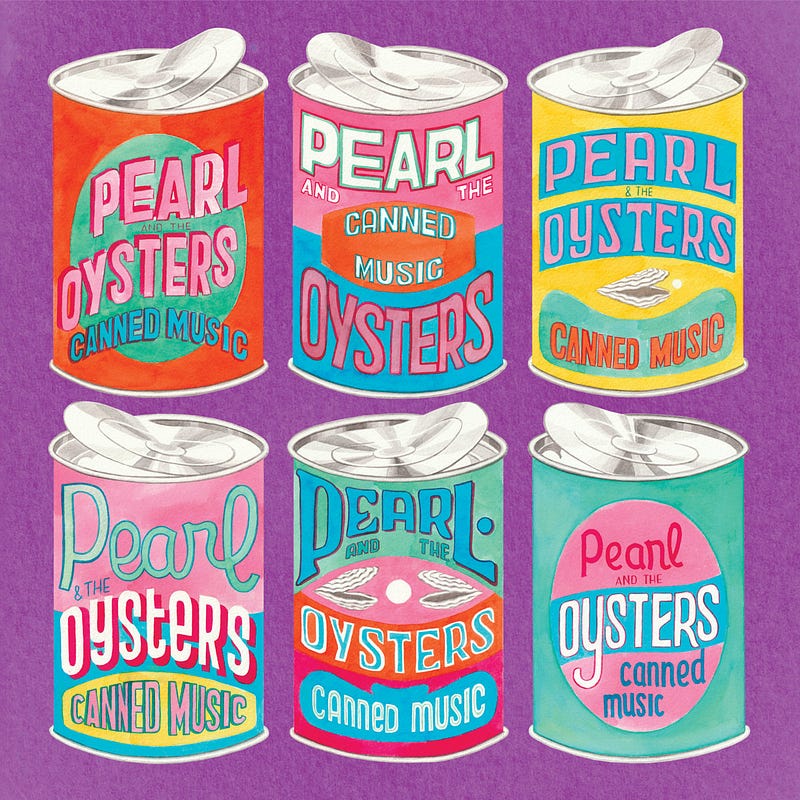
Just as images allow us to relive our past memories or the way a specific concoction of scents reminds us of a certain person, I believe that music has the power to transport us back to a place or time period by perfectly capturing the aura of a moment. I often find that my most favorite artists or songs remind me of highly time and place-specific moments, even awakening memories that are not even my own. Recently, I discovered the pop-funk duo Pearl and the Oysters, whose music reminds me summer and the tropics in San Francisco California during the ‘60’s. Their album cover art even bears resemblance to the tropics of a bygone era, with its bright pop-art colors and loud, out-of-place colors reminiscent of Andy Warhol’s Campbell Soup cans.
The duo manages to fuse the iconic sounds of The Beatles and The Beach Boys with electro-synths and funky sound effects. One of my favorite songs from their album Canned Music, “Kimono Elvin,” begins with a funk-vinyl rewind sample followed by a brief rock-heavy interlude, before finally launching into a lazy, plodding waltz for the remainder of the track. The band often includes sound effects which remind me of outer spaces, bubbles, arcade games, and vinyl. Pearl and the Oysters also “filters” their vocal loops to make them sound slightly muted, creating a retro sound quality akin to the tinny, echoey timbre of John Lennon, and the timelessness of Lana Del Rey’s dream-pop.
With the recent abundance of sunshine and the looming promise of warm summer nights, I’ve been listening to Pearl and the Oysters to satisfy my burning desire for summertime. I find their music highly uplifting to listen to in the morning, as all of their songs are sung in a major key (making their music sound very happy) and have an upbeat quality to them. [Aside from Kimono Elvin, I also love Water-Lily Waltz, Mermaid Parade, Vitamin D, My Baby Grand, and Cocoa Sun.]
— Cameron Lee ’22

Grace Liu is a storyboard artist working for DreamworksTV with an incredibly fluid artstyle. Her poses and action drawings are consistently filled with life and motion, practically leaping off the page. Her punchy color palettes make her artwork pop, but even her plain lines have a distinct flow to them. The people she draws are simple and charming, with lots of expressiveness and personality conveyed through body language and faces. While character art is her strongest suit, she also posts quite a few studies of motorcycles and cars and wildlife, all with the same sense of jaunty liveliness.
She posts her artwork on deviantART (nargyle — inactive account), Instagram (grassflu), and Twitter (rawrgyle).
— Sydney Peng ’22
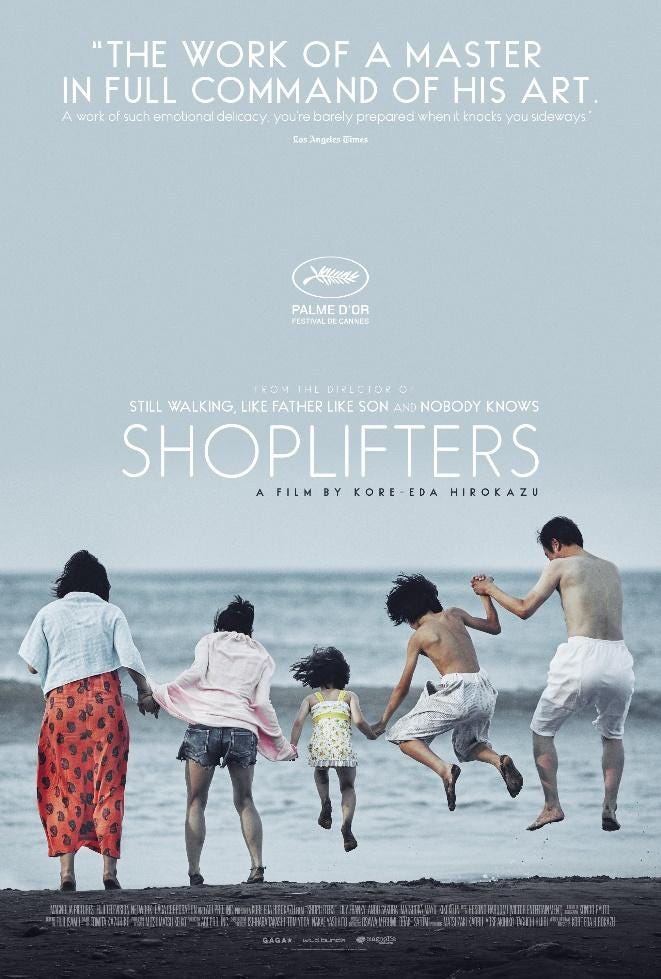
“Sometimes, it’s better to choose your own family,” Nobuyo, the maternal figure in the Japanese drama Shoplifters, says. The movie, written and directed by Hirokazu Koreeda, probes that declaration and its consequences in both heartwarming and surprisingly dark ways. The opening scene is of a young boy, Shota, and a man, Osamu, who could be his father, in the process of stealing from a grocery store. Their practiced hand signals and silent communication indicate a familial intimacy — yet, the two are not related by blood. Living in a cramped apartment with Shota, an older woman (known simply as Grandma), and an adult “daughter” (Aki), Nobuyo and Osamu appear to be a typical couple. But relationships in the “family” are complicated, and even by the end of the film, their ties to each other are not clear.
What is clear from the beginning, however, is that the foundations holding together this ragtag bunch are about to be tested. It starts when the couple inadvertently kidnaps a five-year-old girl, Juri, from what they believe to be an abusive home. They take her under their wing, buying her new clothes and feeding her her favorite gluten cakes. This new adoptee triggers a series of events which unfolds slowly to a shocking, yet subtle and melancholy, conclusion.
Shoplifters captures many fragments of love and life: when the family goes to the beach and holds hands by the water, when Nobuyo embraces Juri by the fire as she burns her old dress. Perhaps the most powerful moments, though, arrive at the end, when the strength of the group is tested to its limits. The beauty of Shoplifters lies in what happens when a family — whatever that means — is physically splintered, but perhaps, forever spiritually bonded.
— Katie Tam ’22
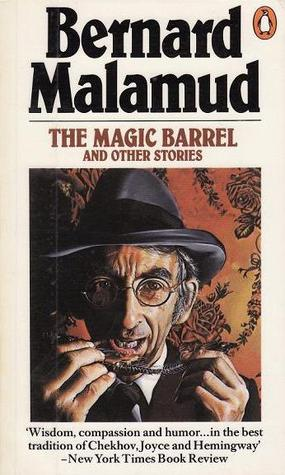
Bernard Malamud — perhaps the most underrated short story writer — wrote riveting magical-realist pieces. I found a copy of his collected stories entitled The Magic Barrel during fall break and spent days tucked into an armchair with it. Malamud’s simple yet moving style drew me in at once. One of his stories,“The First Seven Years”, follows a shoemaker, Feld, as he tries to get his daughter married. In my opinion, this story does everything a good story should do: pay attention to its ‘minor’ characters. Towards the end, we learn about the deepest longings of Sobel, Feld’s apprentice, who’s merely a quiet presence in the start. Malamud’s exploration of his characters’ yearnings makes this story touching. “The First Seven Years” is the kind of story you want to reread immediately after first finishing it — one that I’ll open with enthusiasm years later.
— Ashira Shirali ’22
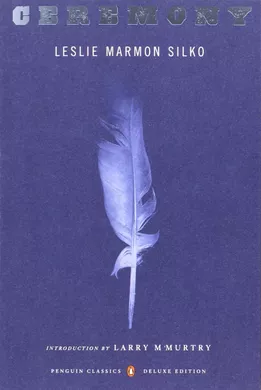
I have always been drawn to stories that portray/use memory in novel or beautiful ways, be it a tv show like This is Us, film like Eternal Sunshine of the Spotless Mind, or a stream of consciousness novel. Silko’s Ceremony did not let me down with its beautiful and often painful interweaving of past and present. The main character Tayo, who is half white half Laguna-Pueblo, struggles after returning from WWII, suffering from PTSD (“battle fatigue”) and his place in the world, with his community, and with himself. There are at least six different timelines going on at once, with different moments once Tayo has returned from the war, during the war, when he was young, then later as a young man, and finally different mythic poems/ stories. Silko invokes memory’s role in current experience and in stories that we tell ourselves and each other, stories which allow for traditions and cultures to grow.
Ceremony is a beautifully written exploration of memory, PTSD, and heritage. With interspersing timelines Silko not only manages to depict various stories but how forcefully the past present and future interact.
— Kate Kaplan ’22